Advantages and Disadvantages of Smoking WeedThe dried leaves, flowers, stems, and seeds of the Cannabis sativa or Cannabis indica plant are known as smoking weed. The plant includes THC, a substance that alters perception, as well as other related substances. The cannabis plant can also be used to create extracts. It also goes under the name marijuana. 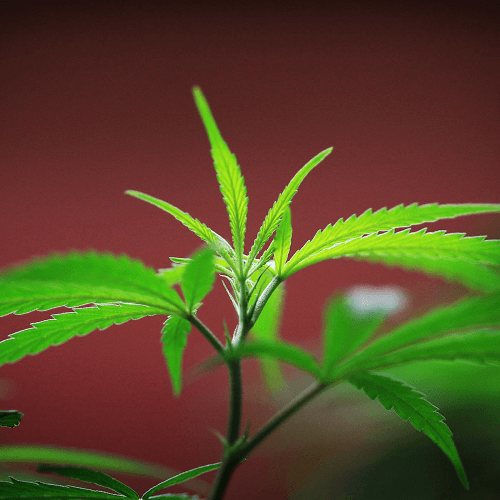
Cannabis is the addictive drug used most commonly, followed by alcohol and tobacco. Most young people use it. In the year before 2018, more than 11.8 million teenagers and young adults consumed marijuana. The number of children in grades 8 and 10 who report smoking marijuana daily has increased. However, middle and high school students' usage of the drug has remained stable over the past year, according to the Monitoring the Future poll. THC, the psychoactive ingredient in marijuana, has become increasingly popular among teenagers, and as a result of the growing acceptance of vaping products, 4% of adolescents in the 12th grade claim daily use of THC. Teenagers are becoming fewer in number and are becoming less likely to believe that regular marijuana usage is dangerous. How Is Marijuana Used?In addition to pipes and water pipes, people also smoke marijuana in hand-rolled cigarettes (joints) (bongs). They also smoke it in blunts, which are empty cigars that have had marijuana partially or entirely refilled inside. Some people use vaporizers to prevent smoking inhalation. These gadgets extract the active compounds from marijuana, including THC, and store the vapor they produce. Then, rather than inhaling smoke, a person inhales the vapor. Some vaporizers use a liquid marijuana extract. 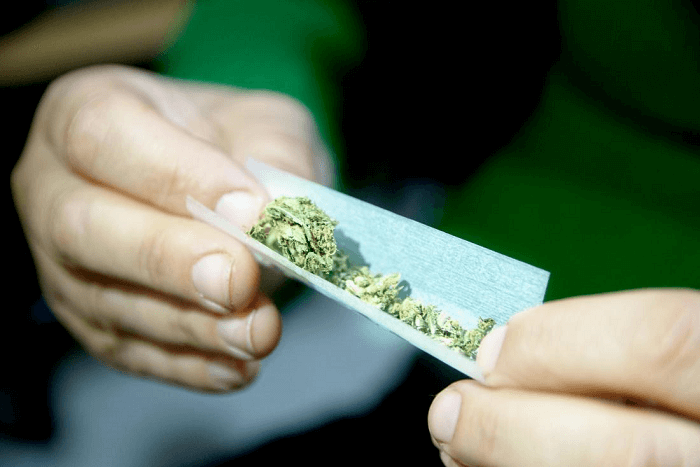
Marijuana can be used to make tea, brownies, cookies, and other edibles, or it can be blended into these foods. Smoking or ingesting various THC-rich resins is a relatively new technique of consumption. The Effects of Marijuana On The Brain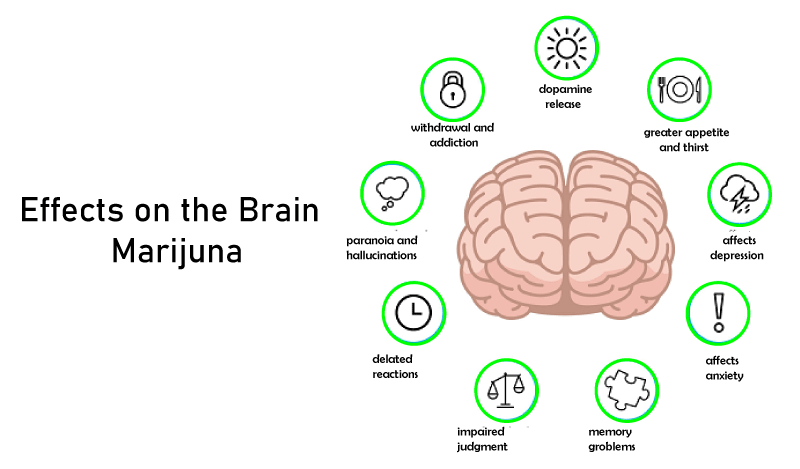
Short-term EffectsWhen marijuana is smoked, THC quickly leaves the lungs and enters the bloodstream. The blood carries the material to the brain as well as other organs throughout the body. THC is more gradually absorbed by the body when consumed or applied topically. They often begin to feel the consequences in such a setting 30 to 60 minutes later. Specific brain cell receptors that are sensitive to chemicals that resemble THC in origin are impacted by THC. These organic substances support the development and proper functioning of the brain. Marijuana causes an overactivation of these receptors in the regions of the brain where they are most prevalent. The upshot of this is that people feel "high." Other negative effects include altered feelings. (for example, seeing brighter colors)
Long Term EffectsBrain development is also impacted by marijuana. When marijuana use starts in adolescence, it may influence how the brain develops the connections between the regions required for thinking, memory, and learning, as well as these functions themselves. The duration of marijuana's effects and whether some alterations may be permanent are still being studied by researchers. For example, a New Zealand study done in part by Duke University researchers revealed that people who began smoking marijuana heavily in their teens and continued to struggle with a marijuana use problem experienced an average IQ loss of 8 points between the ages of 13 and 38. In people who gave up marijuana as adults, the lost mental capacities didn't return. Adult marijuana smokers did not exhibit significant IQ decreases. Another recent study on twins found that those who used marijuana between the ages of puberty and early adulthood demonstrated a significant decline in verbal and general knowledge (equivalent to 4 IQ points). Still, no discernible difference was found between twins when one used marijuana, and the other did not. This shows that variables other than marijuana, such as shared familial characteristics, may be to blame for the IQ reduction among marijuana users (e.g., genetics, family environment). The Adolescent Brain Cognitive Development program of the NIDA follows a sizable sample of young Americans from late childhood to early adulthood to better understand how and to what extent marijuana and other substances, both alone and in combination, affect teenage brain development. Benefits and Drawbacks of Smoking WeedPeople have used cannabis for thousands of years, both medicinally and recreationally. 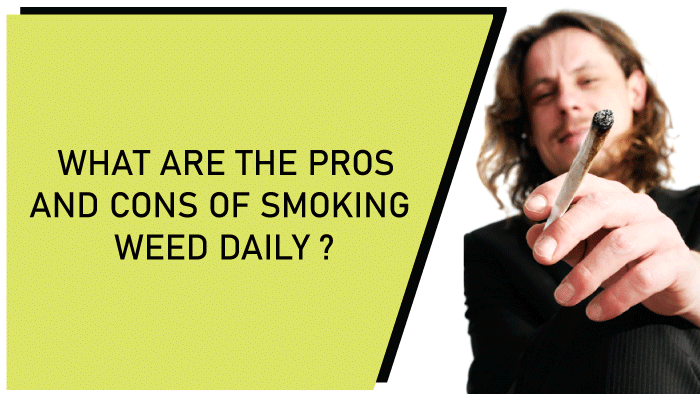
Benefits of Smoking WeedSince more states have chosen to legalize marijuana for both medical and recreational purposes, scientists now have more freedom to study the cannabis plant. It has become more important and popular to obtain reliable information on cannabis's potential advantages and disadvantages. We shall learn more than ever before about the various cannabinoids and their possible medicinal advantages in this essay. Let's examine a few of the cannabis uses that have received the most research. Lowers InflammationInflammation both causes and manifests symptoms in various chronic conditions such as multiple sclerosis (MS), muscle spasms, epilepsy, glaucoma, Alzheimer's disease, and others. One of the most common health issues that medicinal cannabis addresses are Inflammation. CBD and other cannabinoids work effectively to reduce Inflammation. 2010 saw the publication of one of the most well-known studies proving CBD's benefits for Inflammation. Alleviates PainOne of the most common reasons people miss work and have a lower quality of life in chronic pain of any type. Many people experience constant, crippling pain daily, whether from PMS cramps, migraines, fibromyalgia, or chronic neuropathic pain. Cannabis relieves pain when applied topically or taken orally, and it also helps people rely less on strong, addictive opioids and other OTC (over-the-counter) medications that can impair organ function. Prescription opioid use, both short-term and long-term, has been linked to higher rates of morbidity and mortality. Access to medicinal cannabis has been linked to a decline in the use of alcohol, tobacco, prescription opioids, other medications, and cannabis itself. According to the National Academies of Sciences, Engineering, and Medicine, there is "good evidence" that cannabis and cannabinoids can be used to relieve chronic pain. Decreases NauseaMany people suffer from nausea on a daily or irregular basis due to digestive issues, drugs, medical procedures like chemotherapy, and more. Cannabis may alleviate stomach discomfort and control certain bodily functions related to digestion, such as metabolism. Additionally, cannabis interacts with brain receptors to assist in controlling the sensations that are frequently connected to nausea. For those who struggle to eat owing to sickness, it might also increase their appetite. 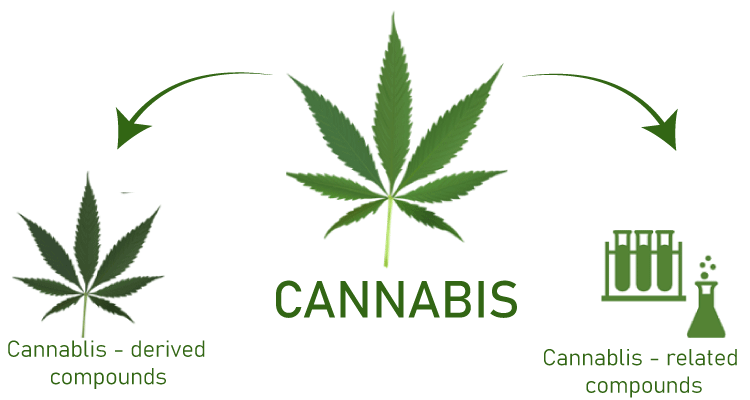
Research in both preclinical and clinical settings suggests that cannabinoids, especially CBD, may be useful in the clinical management of nausea and vomiting. Studies on THCA have revealed that this cannabinoid has a greater ability to alleviate nausea and vomiting. One study found that THCA was "a more effective alternative to THC in the treatment of nausea and vomiting." To completely investigate the various cannabinoids and their medicinal potential, more research is required in this field. In the midst of this, FDA-approved synthetic THC drugs like dronabinol and nabilone have previously been approved to treat nausea and vomiting brought on by cancer chemotherapy. Additionally approved for use in treating AIDS patients' hunger and weight gain is dronabinol. Helps Reduce Anxiety and DepressionIn 2010, Harvard University researchers hypothesized that, when used in small amounts, cannabis lowers anxiety while also boosting mood and functioning as a sedative. A 2018 study on the potential for cannabis to lessen anxiety discovered that the strain, terpenes, and THC: CBD ratio all have a role in the anxiolytic (cannabis' ability to lessen anxiety) effects of the drug. According to the study, delta-9-tetrahydrocannabinol (THC), a psychoactive compound, appeared to lessen anxiety in low dosages but to raise anxiety in higher quantities. Contrarily, since CBD doesn't have the bad side effects of intoxication, such as paranoia, it appears to reduce anxiety across the board. When THC and CBD are combined, it has been demonstrated that some of the anxiety they both induce can be countered. In clinically anxious and depressed populations, cannabis use may lessen anxiety and depression symptoms, according to the study's findings. Boosts the Quality of SleepPreliminary research on cannabis and insomnia suggests that CBD may be useful in treating the problem. THC may hasten the process of falling asleep. Still, it may harm the quality of sleep over the long run."Acute administration of cannabis appears to aid falling asleep and to increase Stage 4 sleep," according to a 2008 clinical evaluation. Disadvantages Of Smoking WeedNew studies confirm what many people have long believed to be true based on anecdotal evidence: cannabis offers a variety of medicinal and positive effects that are worth investigating. However, it's crucial to maintain a fair and objective perspective on cannabis use and its effects on consumers. However, it is important to acknowledge the actual drawbacks and differentiate them from the widespread unfavorable stereotypes and falsehoods that have been spread over the years. Let's examine a few of the negative health, societal, and judicial effects of cannabis use. Reduces Memory The assumption that cannabis users have short-term memory loss is well-known. Young adults, whose prefrontal brains may not fully develop until the age of 25, may experience this in particular. Despite the lack of studies on cannabis' effects on cognitive function, one study's findings showed that young adults who used cannabis before the age of 15 were more likely to develop memory problems later in life. According to a review of the research from 2012, "Although there is solid evidence that acute cannabis use generally impacts cognitive and motor abilities, it is less obvious as to whether those deficiencies are short-term and temporary or if they are more permanent." In other words, it's unclear whether chronic cannabis usage affects cognitive function in a lasting way. Lung Damage Lung damage can result from smoking in any manner. The evidence that is currently available suggests that cannabis smoke has similar effects on the lungs to tobacco smoke, resulting in symptoms like an increased cough and hyperinflation, even though there is only preliminary research comparing the two substances' links to more serious illnesses like lung cancer. Long-term cannabis use has been associated with the development of chronic bronchitis symptoms. The currently available research has not consistently shown the effects of cannabis consumption on overall lung function. The fact that cannabis smokers inhale five times as much carbon monoxide and three times as much tar as tobacco smokers should be recognized. Although the long-term effects of cannabis use on cardiovascular health are yet unknown, they may raise risks for peripheral artery occlusion, myocardial infarction, and kidney illness, particularly in young and vulnerable populations like people with diabetes. Discrepant Legality The fact that cannabis remains prohibited at the federal level and in many states is detrimental to the availability and effectiveness of marijuana products. Many people may be discouraged from using cannabis as a treatment because they are worried about the legal, professional, and criminal ramifications. Residents may be denied work with the federal government, even in states where cannabis is legal. Patients who possess a medical card may also be prohibited from taking certain acts, such as applying for a concealed carry permit. There is a higher risk of consuming goods tainted with mold, pesticides, heavy metals, unknown residues, or even hazardous additions like fentanyl in states where customers have no other choice except to purchase goods on the black market. Additionally, it can be challenging to determine the precise strain you are buying, the growing techniques used (such as whether they were organic or not), the terpene profile, and the CBD: THC ratio, all of which are crucial factors to control to prevent or lessen potential negative effects. The Social Stigma That Persists Over the past ten years, as drug policy reform has advanced in numerous states across the United States, the societal stigma associated with cannabis usage has somewhat decreased. However, the societal stigma around cannabis usage persists, particularly in areas where it is still illegal to consume the drug for recreational or medical purposes-but also in areas with legal programs in place. History has shown that stigmatization and criminalization of cannabis have more to do with popular perceptions of the plant and its users as harmful than with problems related to its usage. The term "The Marijuana Menace" was coined by American anti-drug activists in the early 1900s with nationalist political motivations to profit from anti-immigrant prejudice against Mexicans by branding marijuana. Even though cannabis is less stigmatized than ever, medical and recreational users still face stigma. Cannabis users frequently have to keep their drug usage a secret, unlike alcohol users. Cannabis usage is frequently stigmatized more harshly in marginalized communities, with penalties like job loss, jail, or state-ordered child removal as a result. ConclusionThe last several years have seen a rise in concern about the potential health risks associated with marijuana. Marijuana has reportedly been observed to pose a risk to the hearts, lungs, reproductive systems, and mental capabilities of children; such risks should not be taken lightly. Use by growing youngsters should not be encouraged, especially heavy use. Marijuana usage is extremely concerning due to allegations of developmental harm to some young users as well as the likelihood that it will create some long-term, serious public health issues. Despite the lack of conclusive proof to the contrary, there are grounds for concern regarding these possibilities. |
 For Videos Join Our Youtube Channel: Join Now
For Videos Join Our Youtube Channel: Join Now
Feedback
- Send your Feedback to [email protected]
Help Others, Please Share










